How Long Is a 2-Mile Walk?
Author:
Unlock your full potential by engaging with our experts and community! Have questions about your fitness journey or looking for expert advice on weightlifting techniques? Don’t hesitate — leave a comment below and Oleksandr Zagrebelnyi will provide a personalized answer and insights to help you reach your goals.
Torokhtiy is reader-supported. Some links are affiliate links, and we may earn a commission at no extra cost to you. See our disclosure page for details.
Are you curious about how long a 2-mile walk is? Here, we’ll explore the factors that affect the time it can take for someone to walk 2 miles and how you can make the most out of your walking journey.
We’ll also look at some helpful tips on increasing your speed and working towards certain exercise milestones. Unlock the secrets to success when navigating through 2 miles with us!
How Many Minutes Is 2-Miles Walking? – It takes an average of 30 to 45 minutes walking at a moderate pace through an average terrain to complete this distance depending on speed and fitness level. You can improve your 2-miles walking time with regular training.
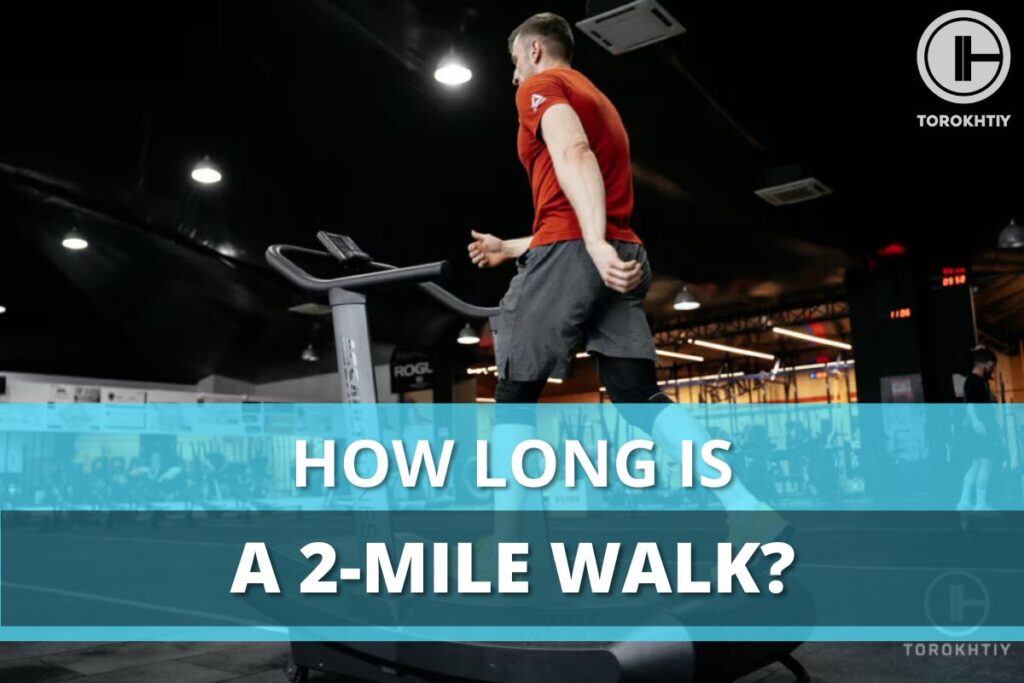
2 Miles for a Walk: Features and Basics
Walking two miles is an effective way of incorporating physical activity in your routine as it provides various health benefits. It is important to understand the length, time taken, and associated benefits of walking this distance before beginning any exercise regime.
How far is 2 miles walking? A 2-mile walk is a distance of around 3.2 kilometers. It takes about 4500 steps for an average person to cover 2 miles at a 3mph pace. This is generally based on step length and speed, with fast pace covering more ground than walking at a slow pace.
Table of average number of steps based on gender and pace
| Activity type | Men Steps | Women Steps |
|---|---|---|
| Very slow walk (<2mph) | 6874 | 7165 |
| Slow walk (2mph) | 5606 | 5897 |
| Average walk (3mph) | 4338 | 4629 |
| Brisk walk (4mph) | 3704 | 3995 |
| Jog (5mph) | 3670 | 3886 |
| Run (6mph) | 3096 | 3312 |
| Fast run (7.5mph) | 2522 | 2738 |
| Very fast run (10mph) | 1947 | 2163 |
Walk Progress Time Calculator: 2-Mile Distance
We recommend using the calculator below to estimate the approximate time required for covering a 2-mile distance.
Running Time Calculator
Result:
9 Benefits of Walking 2 Miles
Being an easy cardio activity, walking two miles provides the body with a wealth of benefits. From increasing energy levels to reducing stress, these positive changes can be seen both in everyday activities and long-term health goals.
✅ Improved Heart Health
Walking 2 miles a day can be a great way to help improve heart health. Evidence-based research has shown that walking as a regular exercise activity is good for the cardiovascular system and its overall ability to function.
✅ Lower Blood Pressure
Regular walking can help lower your blood pressure, reducing the risk of cardiovascular disease. Studies have shown that walking and other forms of aerobic exercise can provide an energy expenditure comparable to running, giving similar benefits in terms of lowering both blood pressure and cholesterol levels.
✅ Increased Energy Levels
Getting regular exercise is a great way to increase energy levels, and walking 2 miles a day can be especially beneficial. Walking can stimulate hormones like cortisol, epinephrine, and norepinephrine, which energize our bodies in various ways. It increases oxygen flow in the body by delivering oxygen to tissues and muscles efficiently.
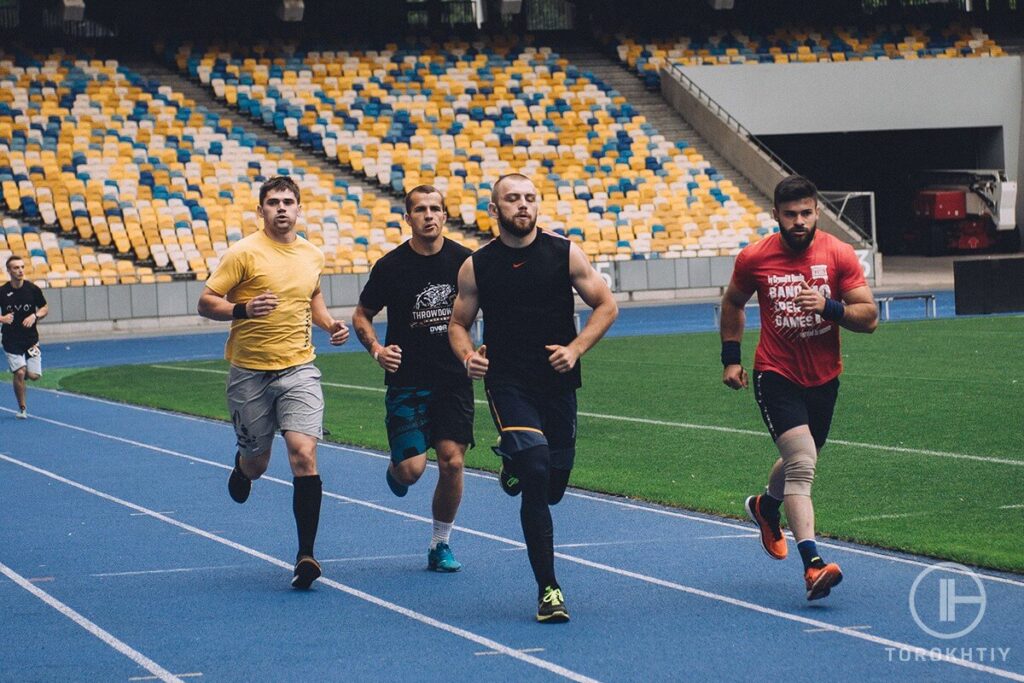
✅ Reduced Stress
Walking 2 miles a day can greatly help reduce stress and tension. It has been proven that physical exercise like walking can release endorphins — hormones responsible for improving your mood and reducing feelings of depression or anxiety.
Additionally, regular walks are calming, which makes it an ideal activity for dealing with stressful situations and everyday life worries.
✅ Improved Body Posture
Walking has great benefits for physical health, including improved body posture. Regular exercise helps to build and maintain muscle strength and alignment that is necessary for better posture.
This is essential in order to maintain balance and reduce strain on the spine while standing or sitting for long periods of time.
✅ Weight Loss
Regular aerobic exercise can contribute to weight loss and belly fat reduction. For many people, walking this distance every day may result in up to 20 pounds of weight or body fat lost over 4 months.
However, the results vary based on your current fitness level, health conditions, body composition, and amount of time spent per session.
✅ Strengthened Muscles
Walking 2 miles may sound like a short distance, but by making it brisk and engaging the incline, it can be an effective way to build strength in key muscle groups.
The main muscles engaged while walking 2 miles are the quadriceps, hamstrings, calf muscles, hip adductors and several other stabilizing and core muscles. Consistent brisk walks or runs over this distance will activate most of these muscle fibers that result in increased strength over time.
✅ Better Sleep Quality
Walking can boost not only your physical health but also your mental well-being and restful sleep. When it comes to improving sleep quality, this exercise offers many benefits such as enhancing your sleep duration and efficiency, reducing disturbances during the night and increasing sleep satisfaction.
✅ Improved Balance
For athletes, improved balance can greatly help in performance and overall safety. Walking 2 miles a day is an effective way to improve your balance. You’ll be using different muscles to stabilize yourself as you maintain balance while making various turns or steps on different terrain.
| Activity type | Time for 2 miles (hours and minutes) |
|---|---|
| Very slow walk (<2mph) | 01:20 |
| Slow walk (2mph) | 01:00 |
| Average walk (3mph) | 00:40 |
| Brisk walk (4mph) | 00:30 |
| Jog (5mph) | 00:24 |
| Run (6mph) | 00:20 |
| Fast run (7.5mph) | 00:16 |
| Very fast run (10mph) | 00:22 |
Depending on speed, the average 2 miles walking time would range anywhere between 30 minutes to 1 hour 20 minutes.
Average Time to Walk 2 Miles for Women
The average time it takes for women to walk 2 miles varies as age can impact walking speed and overall fitness level. Here’s a look at how long it typically takes for women of different ages to cover this distance:
| Age Group (Years) | 2 miles in minutes walking |
|---|---|
| 18-30 | 28-34 |
| 31-40 | 29-37 |
| 41-50 | 31-39 |
| 51-60 | 35-42 |
| 60+ | 39-48 |
As we age, average walking times may increase due to changes in fitness level and overall health. Women in their 20s and 30s often have faster walking speeds, which aligns with higher energy levels and muscular strength.
Average Time to Walk 2 Miles for Men
Men of various ages have different average times when it comes to walking 2 miles. This variation is influenced by factors such as fitness levels, overall health, and mobility. Here’s a breakdown of the average times by age group presented in a table:
| Age Group (Years) | 2 miles in minutes walking |
|---|---|
| 18-30 | 26-30 |
| 31-40 | 27-31 |
| 41-50 | 28-33 |
| 51-60 | 29-34 |
| 60+ | 30-35 |
Generally, younger men tend to have faster walking speeds, which may decrease as they age. Individual times can vary greatly depending on personal circumstances and training regimens.
5 Main Factors That Affect the Speed of Walking 2 Miles
Several factors play an important role in determining the amount of time it takes to cover two miles by walking:
1. Current Fitness Level
A person’s current fitness level will have a significant impact on their ability to walk 2 miles. Generally, people who are more physically active and fit will be able to walk the distance in less time than those who are not used to physical activities.
Factors such as age-related mobility, metabolic rate, and age also affect how long it takes to complete 2 miles of walking.
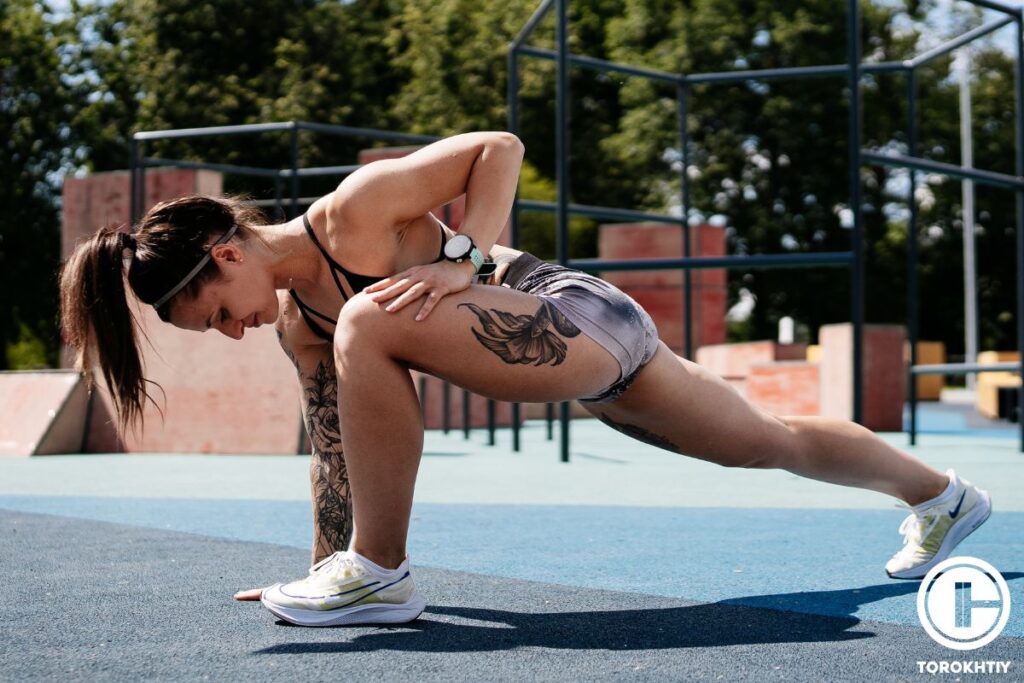
2. Body Composition and Health Conditions
Body composition has a significant impact on how fast and effectively you are able to walk two miles. Those with higher body mass index (BMI) tend to be slower as compared to those with lower BMI.
Your current health conditions can also affect your walking speed. People with lung, heart, or joint disorders tend to have slower walking pace.
3. Weather Conditions
You may already know that weather conditions can make all the difference between a pleasant two-mile walk and an unpleasant experience. Wind, especially when traveling against its direction, humidity, or any kind of precipitation can slow you down.
Additionally, both high and low temperatures can affect walking speed. In a hot climate, you may slow down due to dehydration (so do not forget to stay hydrated!) or to avoid overheating, while in a cold climate, you may actually speed up in order to maintain body heat.
Tips From the Champ
Increase your warm-up duration on colder days. It helps ensure adequate blood flow and muscle activation during movement, allowing for more mobility when walking.
Running Coach Nike Run Club Kyiv
4. Terrain
Many athletes don’t realize that the terrain they choose to walk on can have a large impact on how quickly, comfortably and safely they can complete their 2-mile journey. Uneven pavement, steep inclines, loose sand, and hidden obstacles are all examples of features that could complicate your routes, making it difficult or even hazardous to complete your goals.
5. Footwear
Considering your choice of footwear for two-mile walks is essential to ensuring you get the maximum benefit from each exercise session. Suitable shoes will not only improve performance but can lead to a faster walking pace and better foot action.
Experts recommend replacing walking shoes every 300-500 miles for optimal performance and selecting the right style that suits your needs. Shoes should be lightweight with cushioned soles and provide plenty of support.
Hoka Bondi 8
- Material: Breathable and supportive mesh upper
- Sole Material: Full-length EVA midsole for maximum cushioning
- Outsole (tread feature): Durable rubber outsole with a unique lug pattern
- Drop: 4mm
- Season: Suitable for all seasons
- Special Features: Exceptional cushioning and comfort
- Size: Available in various sizes
- Type: Maximum cushioning running shoe
If you want excellent running or walking shoes or just footwear you’ll be comfortable in, you can’t go wrong with the Hoka Bondi 8.
It’s been upgraded and now they have lighter, softer materials and a new extended heel design. The heel design gives a super soft, balanced feeling from th emoment your heel hits the ground to when you push off with your toes.
As far as the weight goes, it’s around 10.80 ounces, and the heel drop is 4 mm. They’re not too heavy and the lower drop is a good balance between cushioning and feeling connected to the ground.
The Bondi 8 is focused on cushioning and keeps things simple. There’s a good amount of support without any extra stuff that you don’t really need and that would only jack up the price. Take the rear crash pad, for example – it makes for a soft, smooth ride, which is perfect if you like to run outdoors.
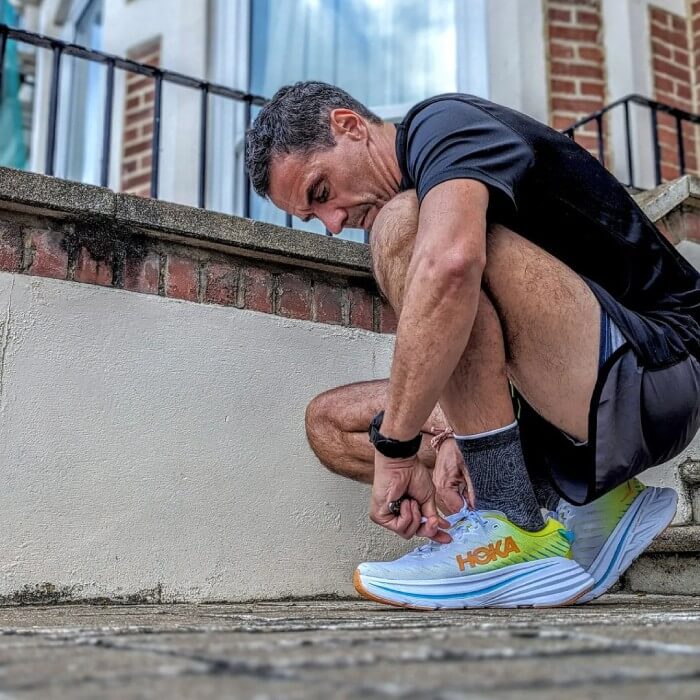
The upper part is made of engineered mesh, which is breathable and keeps your feet cool and dry. The tongue and collar have memory foam and mold to your foot shape. All of these features make the fit snug but flexible, which is exactly what you would want.
The Bondi 8 is eco-friendly because it uses recyclable materials in parts like the mesh and the
Can You Lose Weight by Walking 2 Miles a Day?
It is possible to shed off those extra pounds with regular 2-mile walks, but the results depend on your individual health conditions. When walking 2 miles, the average person will burn approximately 150-250 calories depending on their weight and speed. Generally, a person weighing around 150 lbs will burn around 170 calories, while someone who is 185 lbs or higher can expect to burn 206 calories at a moderate pace of 3mph.
Here is a table showing calories burn for 2 miles depending on weight
| Weight | <2mph | 2mph | 3mph | 4mph |
|---|---|---|---|---|
| 130lbs | 165 cal | 155 cal | 144 cal | 155 cal |
| 140lbs | 178 cal | 167 cal | 156 cal | 167 cal |
| 150lbs | 191 cal | 179 cal | 167 cal | 179 cal |
| 160lbs | 203 cal | 191 cal | 178 cal | 191 cal |
| 170lbs | 216 cal | 202 cal | 189 cal | 202 cal |
| 180lbs | 229 cal | 214 cal | 200 cal | 214 cal |
When can you see the results? While the answer to this question may vary according to individuals, on average, walking 2 miles every day, maintaining a healthy diet, and cutting calories can lead to an approximate weight loss of about 20 pounds in 3-4 months.
Depending on your health goals, you should walk for 45-60 minutes per day most days of the week. If you want to lose weight, aim for one hour per day. Doing so will help create a caloric deficit that is necessary for successful and long-term weight management.
How to Get More Benefits from Walking 2 Miles a Day?
To maximize the benefits offered from walking two miles, it is important to follow several simple rules:
1. Warm-Up and Cool Down
A proper warm-up and cool down routine is vital for any type of exercise, including walking 2 miles. Before you start your walk, it’s important to prepare your body with a light warm-up routine that includes dynamic stretching and lower intensity activity.
It is also important to cool down properly in order to allow your heart rate to gradually return back to normal levels, as well as reduce muscle soreness after the activity.
Tips From the Champ
Dynamic stretches, such as hip circles or arm swings, can be beneficial when cooling down post workout. These exercises should last around 5 minutes to improve flexibility, range of motion, and overall joint mobility.
Running Coach Nike Run Club Kyiv
2. Pick a Route
When it comes to walking 2 miles a day, choosing the right route and terrain is an important part of getting the most from your walk. Various surfaces can provide your muscles with different types of resistance for added intensity, as well as increase calorie burn and fat loss.
Hard concrete surfaces tend to be more demanding on the joints than softer dirt or gravel trails, so it’s worth to consider the type of terrain you will be covering while walking 2 miles a day.
3. Establish a Schedule
When it comes to sustaining a habit of walking two miles a day for improved health and fitness, consistency is key. Walking 2 miles can be incorporated into daily routines in various ways depending on your needs and goals.
To maintain motivation to hit your two-mile goal each day, take time to establish realistic goals with detailed plans that tap into your unique schedule.
4. Track Your Progress
Walking 2 miles a day can provide numerous health benefits, and tracking your progress is essential for ensuring you make the most of that time. Tracking your steps and mileage when walking can motivate you to set larger milestones each week or month.
Frequently Asked Questions about Average Time to Walk 2 Miles
Is It Good to Walk 2 Miles in 35 Minutes?
The answer is yes. Walking 2 miles in 35 minutes is a good pace of 3.43 miles or 5.52 kilometers per hour.
How Long Does It Take to Walk 2 Miles on a Treadmill?
The average person takes roughly between 30 and 40 minutes to walk 2 miles on a treadmill. It largely depends on one’s walking speed, current fitness level, body composition, and health conditions.
Is Walking 2 Miles a Day Enough for Your Health?
Walking 2 miles a day can bring several positive health benefits. It helps burn calories and fat, increases metabolic rate, improves heart health, and lowers blood pressure. Besides, it can reduce stress levels because of the endorphins released during physical activity.
Is Walking 2 Miles in 40 Minutes Good?
Walking 2 miles in 40 minutes means you have a moderate pace of 3 miles or 4.83 kilometers per hour.
Final Thoughts: How Long Is a 2-Mile Walk?
How long is 2 miles in minutes depends on walking speed and other factors. Typically, it ranges from 30 to 45 minutes. Walking 2 miles per day can lead to a wide range of health benefits, such as improved heart health, lower blood pressure, and increased energy levels.
The time that it takes you to walk the distance also depends on your fitness level, terrain you are dealing with, and type of footwear you are wearing. Training can help you reach higher speeds while staying safe. However, even if your overall pace is rather slow, you will still benefit from this exercise in various ways.
How many miles do you walk a day? Have you noticed any positive results? Please, share your experience in the comments below.
References:
- Elaine M. Murtagh, Marie H. Murphy, Janne Boone-Heinonen, “Walking: The First Steps in Cardiovascular Disease Prevention,” Current Opinion in Cardiology 25, no. 5 (2010): 490-496, doi: 10.1097/HCO.0b013e32833ce972.
- Julia C. Basso and Wendy A Suzuki. “The Effects of Acute Exercise on Mood, Cognition, Neurophysiology, and Neurochemical Pathways: A Review,” Brain Plasticity 2, no. 2 (2017): 127-152, doi: 10.3233/BPL-160040.
- Haroldo Silva de Souza, Thiago Veiga Jardim, Weimar Kunz Sebba Barroso, Priscila Valverde de Oliveira Vitorino, Ana Luiza Lima Souza, Paulo César Veiga Jardim, “Hormonal Assessment of Participants in a Long Distance Walk,” Diabetology & Metabolic Syndrome 11, no. 19 (2019), doi:10.1186/s13098-019-0414-1
- Katrina M. Serwe, Ann M. Swartz, Teresa L. Hart, Scott J. Strath, “Effectiveness of Long and Short Bbout Walking on Increasing Physical Activity in Women,” Journal of Women’s Health 20, no. 2 (2011): 247-253, doi: 10.1089/jwh.2010.2019.
- Ling Ling Lee, Caroline A Mulvaney, Yoko Kin Yoke Wong, Edwin SY Chan, Michael C Watson, Hui Hsin Lin, “Walking for Hypertension,” The Cochrane Database of Systematic Reviews 2, no. 2 (2021): CD008823. doi: 10.1002/14651858.CD008823.pub2
- Majd A. Alnawwar, Meiral I. Alraddadi, Rafaa A. Algethmi, Gufran A. Salem, Mohammed A. Salem, Abeer A. Alharbi, “The Effect of Physical Activity on Sleep Quality and Sleep Disorder: A Systematic Review,” Cureus 15, no. 8 (2023), doi: 10.7759/cureus.43595.
- “Miles to Steps Calculator,” The Calculator Site, https://www.thecalculatorsite.com/health/miles-steps.php (accessed December 20, 2023).
- Photos by Torokhtiy Media Team.
Why Trust Us?
With over 20 years in Olympic weightlifting, strength training, nutrition coaching, and general fitness our team does its best to provide the audience with ultimate support and meet the needs and requirements of advanced athletes and professional lifters, as well as people who strive to open new opportunities and develop their physical capabilities with us.
By trusting the recommendations of our certified experts in coaching, nutrition, and sports training programming, as well as scientific consultants, and physiotherapists, we provide you with thorough, well-considered, and scientifically proven content. All the information given in the articles concerning workout programming, separate exercises, and athletic performance, in general, is based on verified data.
The product testing process is described in more detail here.
Oleksandr is a running coach and member of the Nike Run Club coaching team for 8 years. A participant in national and international competitions at distances from one kilometer to the ultra trail. Owner of mountain trail running camps. Nowadays Oleksandr is responsible for creating running training programs for athletes of various levels, coaching personally offline and online, conducts trail running camps in the mountains, participates in competitions.



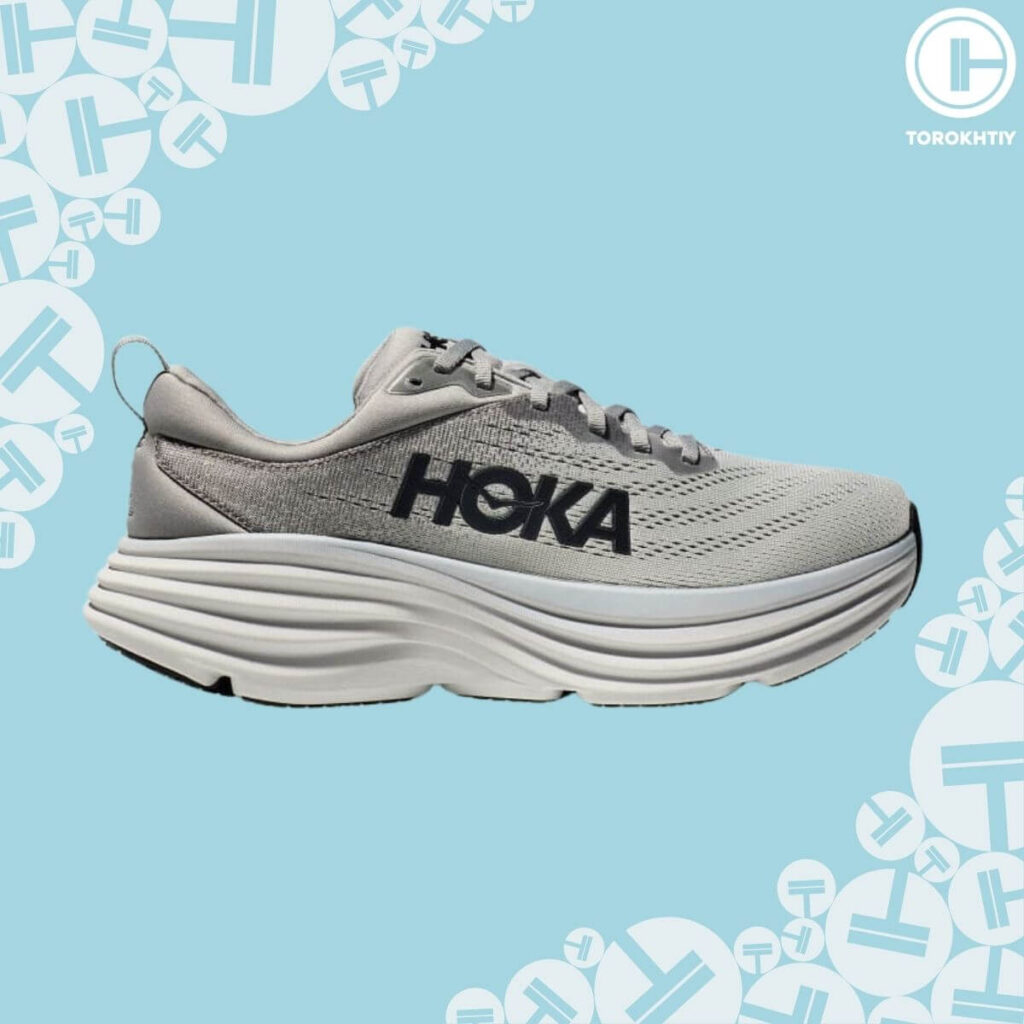
Still have questions after reading our article? Unlock your full potential by engaging with our experts and community! Don’t hesitate — leave a comment below and Oleksandr Zagrebelnyi will provide a personalized answer and insights to help you reach your goals.